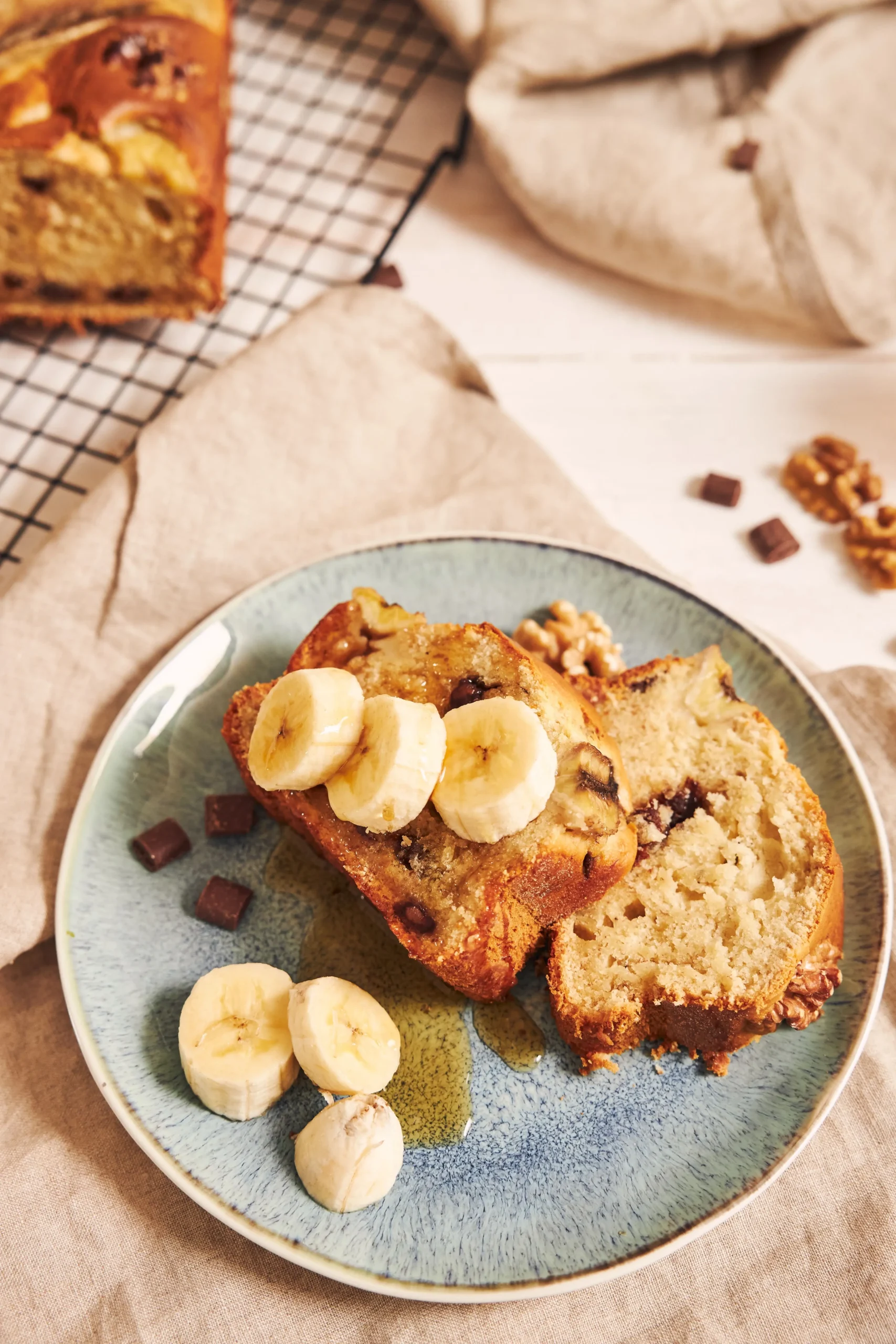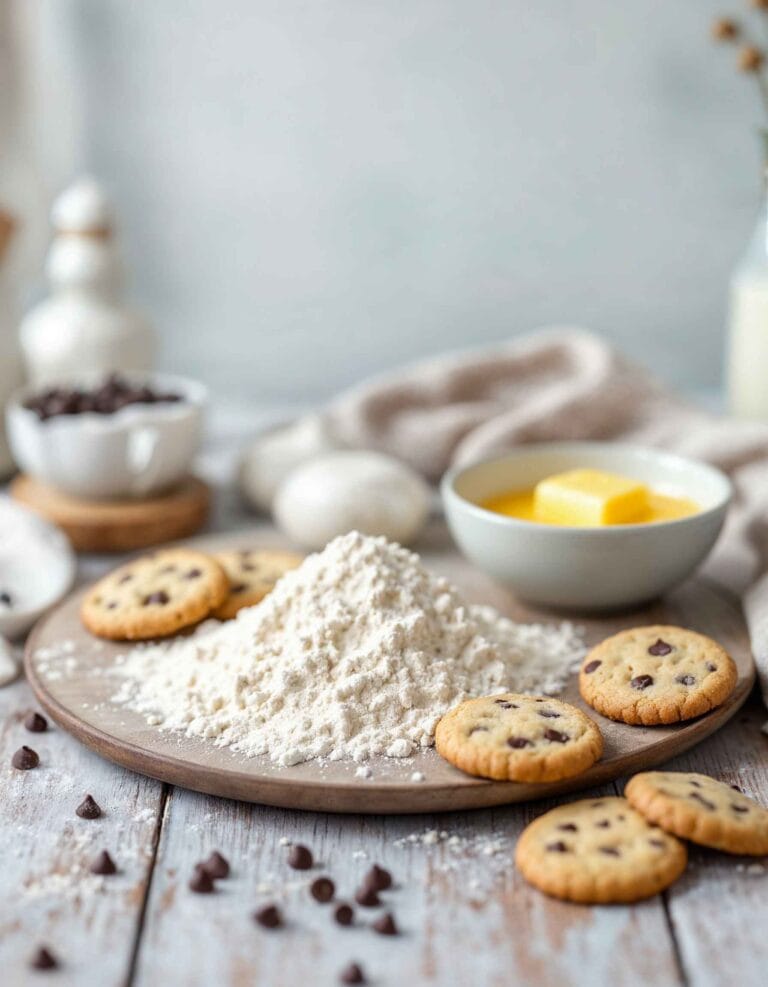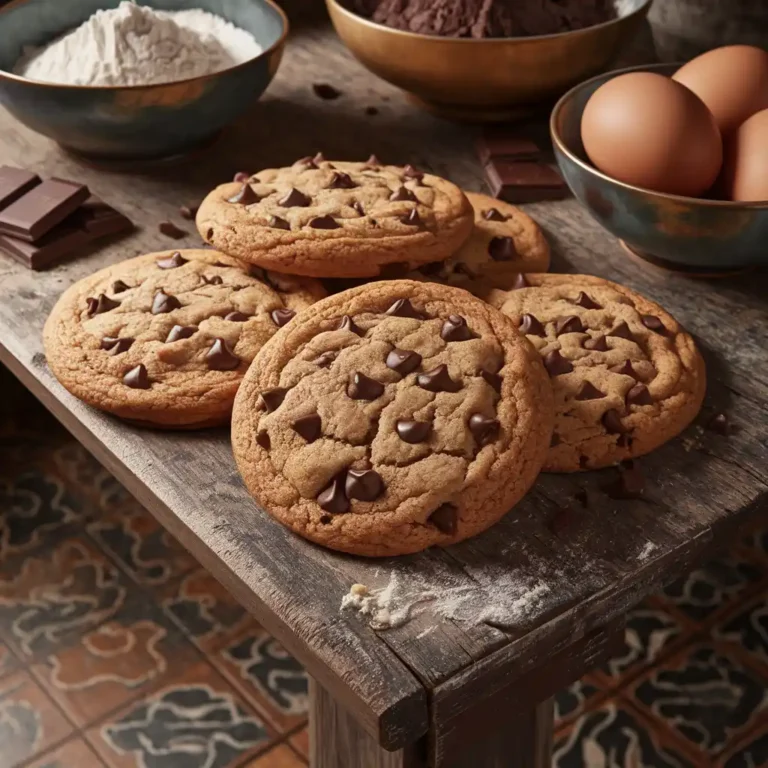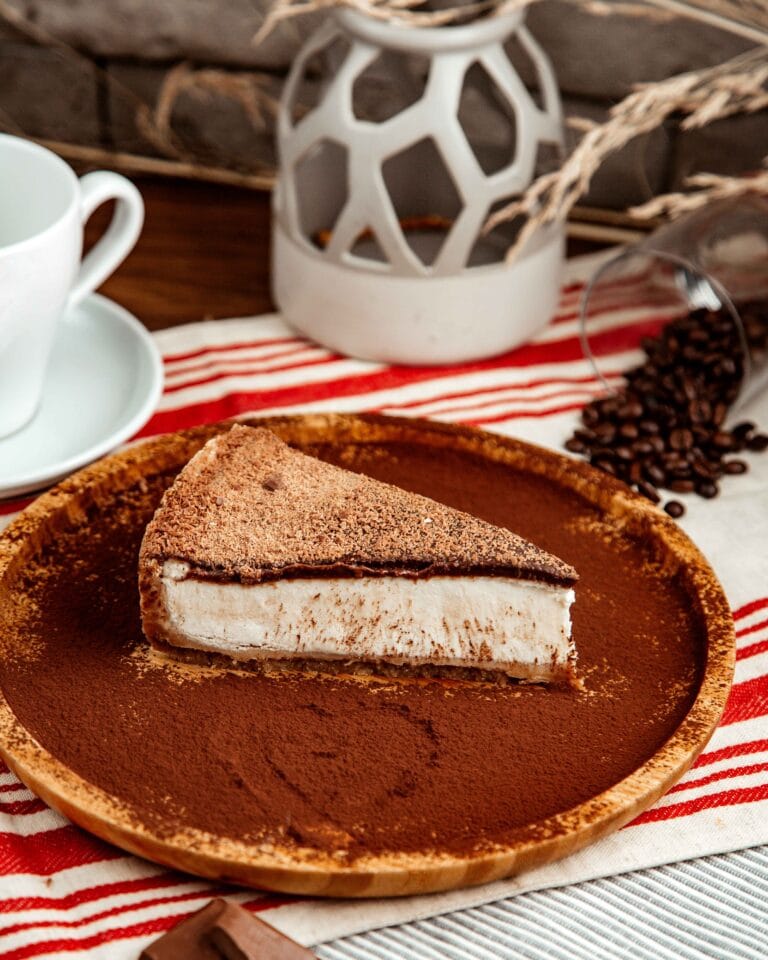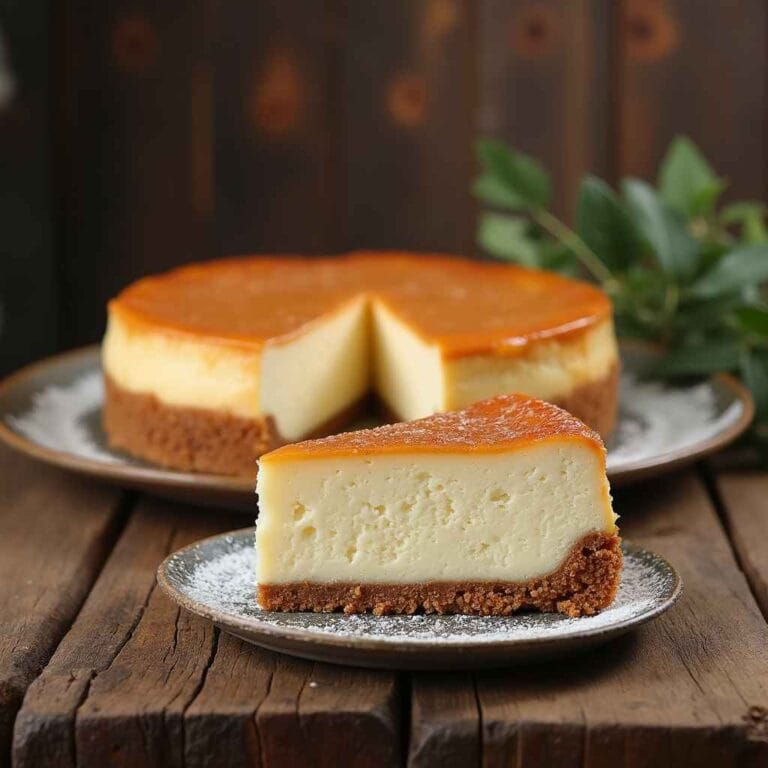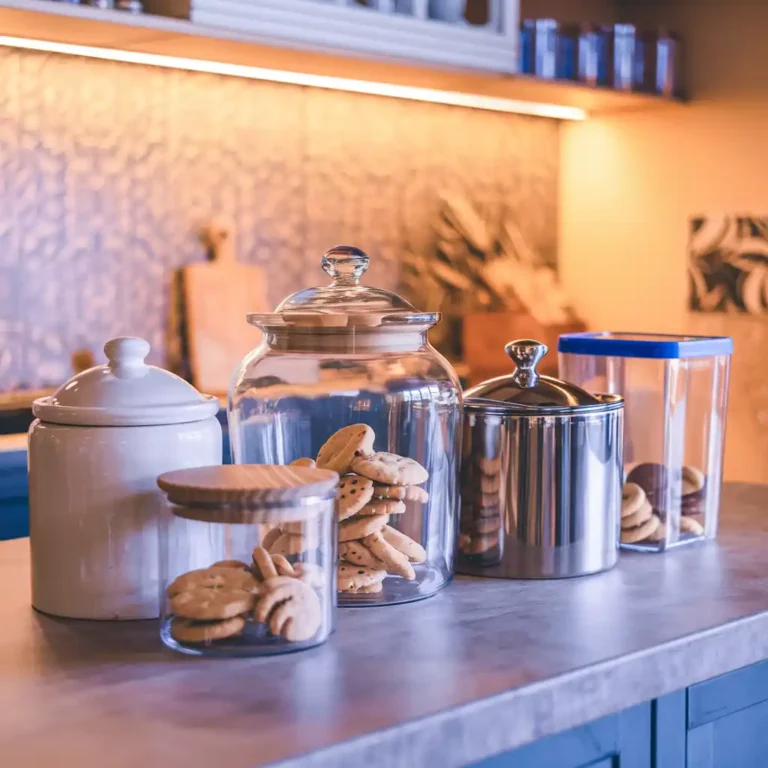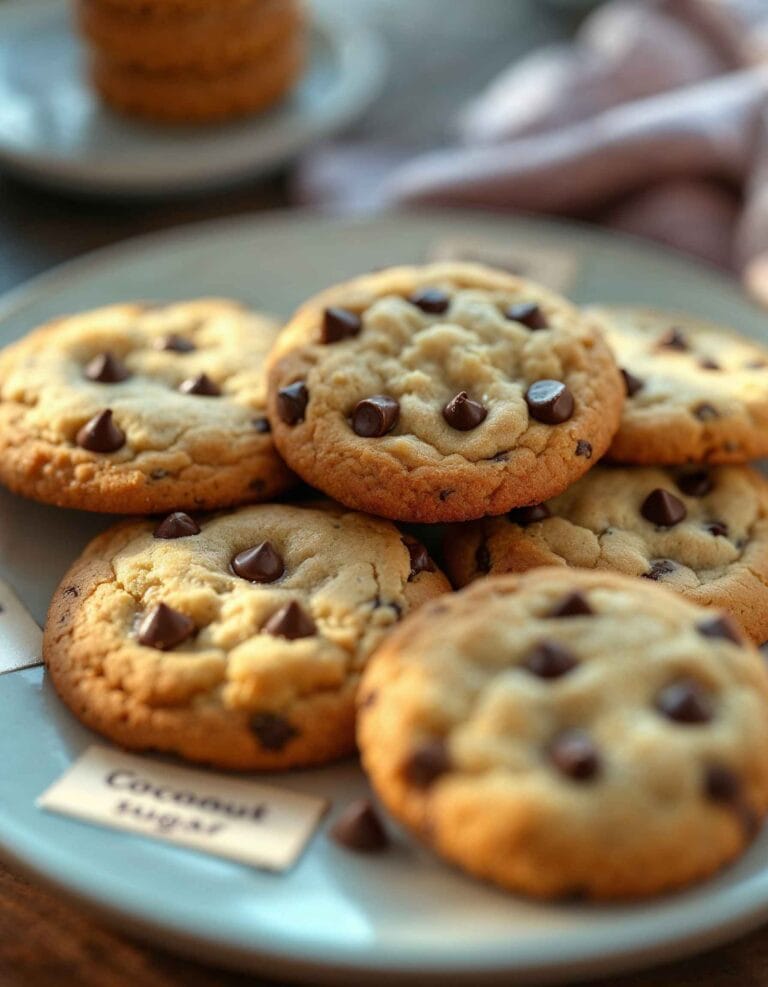Can You Put Too Much Banana in Banana Bread
Banana bread is one of the most beloved baked goods, adored for its moist texture and sweet, rich flavor. It’s a go-to recipe for using up overripe bananas and has become a staple in many kitchens worldwide. But as simple as the recipe might seem, many home bakers find themselves wondering: can you put too much banana in banana bread?
The answer is not as straightforward as you might think. While bananas are the star ingredient that gives banana bread its unique taste and moisture, using too much can create unexpected problems. The texture, flavor, and overall baking process can all be affected by an imbalance in ingredients.
In this article, we’ll explore the role of bananas in banana bread, what happens when you add too many, and how to strike the perfect balance. Along the way, we’ll share tips for making the most of your bananas, whether in banana bread or other delicious recipes. By the end of this guide, you’ll have all the insights you need to make the best banana bread every time.
Choosing the right ripeness is essential for banana bread. Discover the ideal ripeness level here.
The Role of Bananas in Banana Bread
Bananas are more than just a flavorful addition to banana bread; they’re the cornerstone of this beloved recipe. Understanding their role helps us appreciate why balance is key when incorporating them into the batter.
Importance of Bananas in Flavor and Texture
Bananas provide the characteristic sweetness and moistness that define banana bread. As they ripen, bananas become sweeter, thanks to the conversion of starches into sugars. This natural sweetness reduces the need for added sugar and creates a depth of flavor that is both earthy and fruity.
From a texture perspective, bananas act as a natural binder and moisturizer. They help create the dense, yet soft structure banana bread is known for. Without them, the bread would be drier and lack its signature tender crumb.
However, when too many bananas are added, this balance can shift. The excess moisture from bananas can make the bread soggy or gummy, which detracts from the ideal texture.
Nutritional Contributions of Bananas
Bananas are not just delicious; they’re also nutritious. Rich in potassium, vitamin C, and dietary fiber, bananas add a subtle health boost to your baked goods. They also provide natural sugars like fructose and glucose, which contribute to the sweetness of banana bread without overwhelming it with processed sugars.
For health-conscious bakers, bananas can even serve as a partial substitute for ingredients like butter or oil. But again, moderation is key. Overloading the batter with bananas, even for nutritional reasons, can negatively affect the final product.
Ideal Banana Ripeness for Baking
The ripeness of bananas plays a critical role in banana bread. The best bananas for baking are those that are overripe, with a peel that is mostly black or heavily speckled with brown spots. These bananas are sweeter and softer, making them easy to mash and incorporate into the batter.
Unripe bananas, on the other hand, are less sweet and harder to mash. They can lead to a drier, less flavorful bread. But if bananas are too ripe—soft to the point of being liquid inside—they can overwhelm the batter with moisture and contribute to an undesirable texture.
When using very ripe bananas, it’s crucial to adjust other ingredients, such as flour, to ensure the batter remains balanced.
What Happens When You Add Too Many Bananas
Adding bananas to banana bread might seem like a straightforward way to enhance its flavor and moistness, but too much of a good thing can lead to unintended results. Understanding the potential consequences helps bakers make informed decisions about ingredient proportions.
Balancing leavening agents like baking soda is crucial, especially when adjusting banana quantities. Find out how excess baking soda affects your bread.
Impact on the Texture and Consistency of Banana Bread
The texture of banana bread is one of its defining qualities—soft, moist, and slightly dense. When the banana-to-flour ratio is too high, the balance is disrupted, and the bread can become overly wet or even gummy.
Excess bananas introduce more liquid into the batter than it can absorb, especially if you’re using very ripe bananas. This can cause the bread to have a spongy or sticky texture, making it difficult to slice neatly. The ideal texture should hold its shape while still being tender and moist.
Additionally, too many bananas can weigh down the bread, preventing it from rising properly. This results in a dense, almost pudding-like loaf that lacks the airy lift of well-balanced banana bread.
Taste Balance: When Sweetness Overpowers
Bananas are naturally sweet, and their flavor intensifies as they ripen. While this sweetness is desirable in moderation, too many bananas can overpower the other flavors in the bread. The subtle notes from ingredients like vanilla, cinnamon, or nuts may be lost, leaving you with a loaf that tastes overwhelmingly of bananas.
Moreover, the excess sugar from an overabundance of bananas can make the bread cloyingly sweet. This sweetness may appeal to some, but for most, it detracts from the nuanced flavor profile that makes banana bread enjoyable.
Effect on Baking Time and Structure
Banana bread with too many bananas often takes longer to bake, as the high moisture content slows down the cooking process. Even with extended baking, the center of the loaf may remain undercooked or mushy, leading to an uneven texture throughout.
The structural integrity of the bread can also suffer. Excess bananas can weaken the batter’s ability to hold together, resulting in a loaf that collapses or sinks in the middle. This is not just an aesthetic issue—it affects the bread’s overall quality and consistency.
Signs of Overloading Bananas
How can you tell if you’ve used too many bananas? Here are some common indicators:
- The batter is unusually runny or loose before baking.
- The bread takes significantly longer than usual to bake.
- The finished loaf is overly dense, wet, or sticky.
- The bread has a strong, overly sweet banana flavor that overshadows everything else.
If you notice these signs, it may be time to rethink your banana-to-flour ratio or adjust other ingredients to compensate.
Tips for Using the Right Amount of Bananas
Achieving the perfect banana bread requires careful consideration of how much banana to use. While bananas are the star ingredient, maintaining balance with other components is essential for the best results. Here are some expert tips to help you master your banana-to-batter ratio.
The Perfect Ratio of Bananas to Other Ingredients
A general rule of thumb for banana bread is to use about 1 cup of mashed bananas (roughly 2-3 medium bananas) for a standard loaf recipe. This amount ensures a moist, flavorful bread without overpowering the structure or taste.
If you prefer a slightly more banana-forward flavor, you can increase the quantity to 1 ½ cups, but anything beyond this risks throwing off the balance. For every extra half cup of bananas, consider increasing the dry ingredients, such as flour, to maintain the batter’s consistency.
Adjusting Flour and Sugar for Overly Ripe Bananas
When using very ripe bananas that are soft and sweet, you may need to tweak the recipe slightly. Overripe bananas contain more liquid and sugar, so it’s wise to:
- Increase the flour slightly to absorb the extra moisture. Adding 2-3 tablespoons of flour for every extra banana can help balance the batter.
- Reduce the added sugar in the recipe. Since bananas contribute natural sweetness, cutting back on white or brown sugar ensures the bread doesn’t become overly sweet.
These adjustments will prevent the batter from becoming too wet or sugary, leading to a better final product.
How to Measure Bananas Accurately
When it comes to bananas, consistency in measurement is key. Here’s how to ensure you’re using the right amount:
- Mash the bananas first: Always measure bananas after mashing them to get an accurate volume. A heaping cup of chunks may not equal a true cup when mashed.
- Weigh them if possible: If you have a kitchen scale, aim for about 225 grams of mashed banana per cup. This removes the guesswork and ensures consistent results.
- Count bananas carefully: Remember that banana sizes vary. Two small bananas may equal one large banana in volume, so don’t rely on banana counts alone.
How to Incorporate Bananas for Maximum Flavor
For the best results, fold mashed bananas gently into the batter rather than overmixing. Overmixing can activate the gluten in the flour, resulting in a dense and tough loaf. Instead:
- Use a spatula to incorporate bananas until just combined with the other ingredients.
- If you want chunks of banana in your bread, reserve a small portion of diced bananas to stir in at the end.
These techniques ensure that the bananas enhance the bread’s flavor and texture without compromising its consistency.
Dealing with a Batter That’s Too Wet
If you’ve accidentally added too many bananas, don’t panic! You can save your batter by:
- Adding more flour: Start with a tablespoon at a time until the batter reaches a thick, scoopable consistency.
- Adding oats or breadcrumbs: These absorb excess moisture without altering the flavor significantly.
- Dividing the batter: If the batch is beyond repair, split the batter in half and create two smaller loaves, adjusting the dry ingredients proportionately.
Creative Uses for Excess Bananas
If you’ve found yourself with an abundance of bananas and are worried about overloading your banana bread batter, don’t fret. There are plenty of creative and delicious ways to use up extra bananas without compromising your bread’s quality.
Making Banana Muffins or Cakes
One of the easiest ways to repurpose excess bananas is to make banana muffins or cakes. These treats use similar ingredients to banana bread but offer versatility in terms of portion size and presentation.
Banana Muffins:
- Use a standard banana bread recipe but divide the batter into a muffin tin.
- Muffins bake faster than loaves, usually taking about 18–22 minutes at 375°F (190°C).
- Add mix-ins like chocolate chips, nuts, or blueberries for variety.
Banana Cake:
- For a more decadent option, turn extra bananas into a moist banana cake.
- Top it with cream cheese frosting or caramel glaze for a dessert-worthy treat.
- Use a round or square cake pan for even baking.
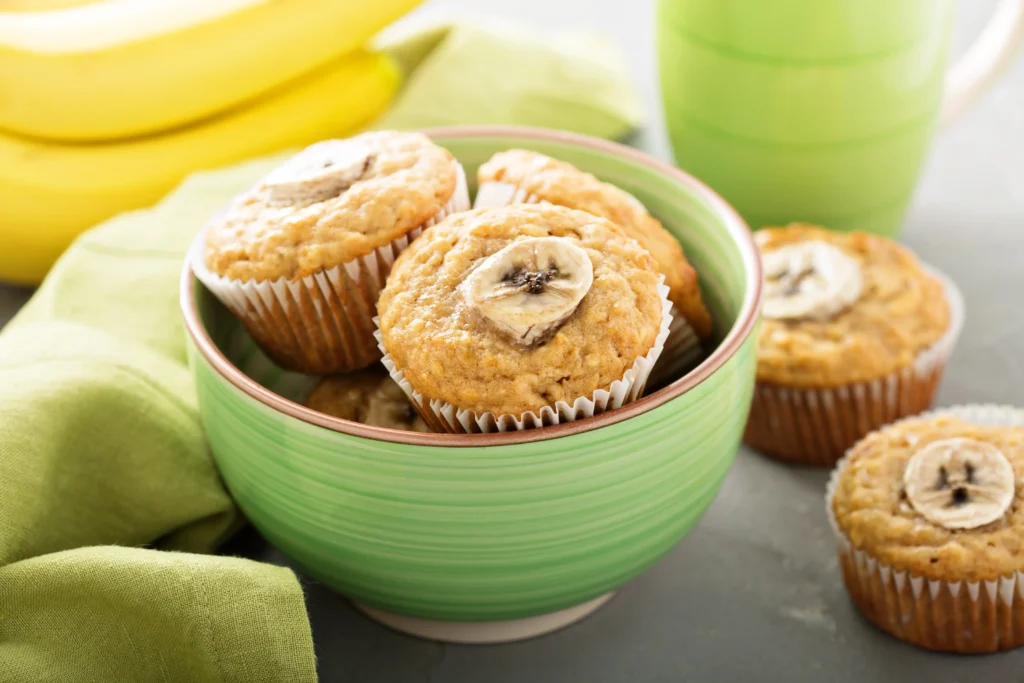
Turning Extra Bananas into Smoothies or Toppings
Bananas are incredibly versatile when it comes to creating beverages or toppings. Here are some ideas:
- Smoothies: Blend bananas with milk, yogurt, and other fruits like berries or mango for a healthy and refreshing drink. You can also add protein powder or peanut butter for extra flavor.
- Ice Cream Topping: Slice bananas and sauté them with a bit of butter, brown sugar, and cinnamon for a caramelized topping that pairs perfectly with vanilla ice cream.
- Breakfast Boost: Add sliced bananas to oatmeal, pancakes, or waffles for a naturally sweet touch.
Preserving Bananas Through Freezing or Dehydration
If you’re not ready to use your extra bananas immediately, preserving them is an excellent solution.
Freezing Bananas:
- Peel the bananas and place them in a zip-top bag. You can freeze them whole or sliced.
- Frozen bananas are perfect for smoothies, baking, or making banana ice cream.
- To prevent browning, sprinkle the bananas with a little lemon juice before freezing.
Dehydrating Bananas:
- Use a food dehydrator or a low-temperature oven to turn bananas into chewy banana chips.
- These make a great snack or topping for yogurt and granola.
Transforming Bananas into Savory Dishes
Bananas aren’t just for sweet treats. They can also shine in savory dishes:
- Fried Plantain Substitutes: While plantains are traditionally used, ripe bananas can be fried and sprinkled with salt or spices for a unique snack.
- Banana Curry: Some cuisines use bananas in curries to add a hint of sweetness and creaminess. Pair them with coconut milk and spices for a delightful twist.
Experimenting with Banana-Based Recipes
Get creative with other banana-centric recipes:
- Banana Cookies: Use mashed bananas as a base for chewy oatmeal cookies.
- Banana Pancakes: Mix bananas with eggs and a bit of flour for a quick and healthy breakfast.
- Banana Pudding: Layer bananas with vanilla wafers and custard for a classic dessert.
Common Mistakes When Making Banana Bread
Even seasoned bakers can encounter issues when preparing banana bread. Avoiding these common pitfalls ensures consistent success and a perfect loaf every time.
Overmixing the Batter
One of the most frequent mistakes in banana bread baking is overmixing. When you mix the batter too vigorously, you activate the gluten in the flour, resulting in a dense and rubbery loaf. To prevent this:
- Combine wet and dry ingredients gently, using a spatula or spoon.
- Mix only until the ingredients are incorporated, leaving a slightly lumpy batter.
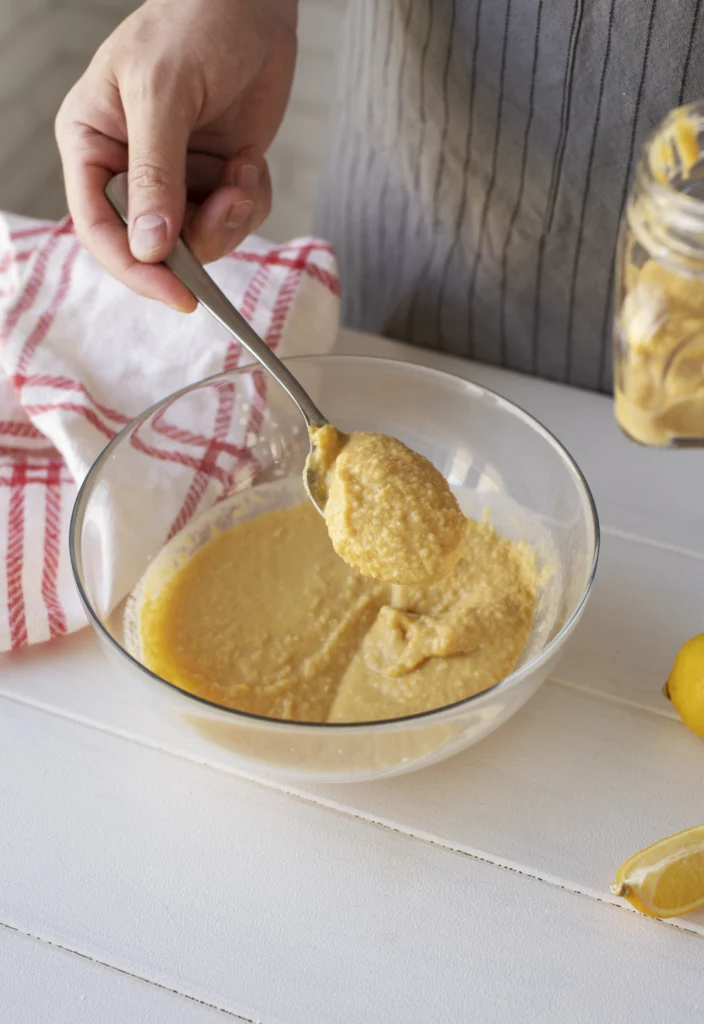
Using Overly Ripe or Too Many Bananas
While ripe bananas are essential for flavor, bananas that are overly soft or liquid-like can overwhelm the batter with moisture. Similarly, using too many bananas can upset the balance of the recipe. Stick to 1–1 ½ cups of mashed bananas for a standard loaf. If you find yourself with extra bananas, adjust the flour or sugar as needed.
Ignoring Ingredient Ratios
Banana bread relies on precise ratios of wet to dry ingredients for its signature texture. Adding too much of one ingredient, whether bananas, flour, or sugar, can ruin the loaf. Always measure ingredients carefully, using a scale for accuracy when possible.
Baking at the Wrong Temperature
Banana bread typically requires a longer baking time at a moderate temperature (about 325–350°F or 160–175°C). Common mistakes include:
- Baking at too high a temperature, causing the outside to cook too quickly while the inside remains raw.
- Opening the oven door frequently, which can lead to uneven baking.
Always preheat the oven and use a toothpick to test doneness. The bread is ready when the toothpick comes out clean or with a few crumbs.
Skipping the Cooling Process
Allowing banana bread to cool properly is just as important as baking it. Removing it from the pan too early can cause it to crumble, while leaving it in the pan too long can result in sogginess. For best results:
- Let the bread cool in the pan for 10–15 minutes.
- Transfer it to a wire rack to cool completely before slicing.
FAQs
Are 4 bananas too much for banana bread?
Four bananas may be too much for a standard banana bread recipe, depending on their size. Typically, recipes call for 1 to 1 ½ cups of mashed bananas, which equals about 2–3 medium bananas. If you use four bananas, you might need to adjust the dry ingredients, such as flour, to prevent the batter from becoming too wet and the bread from turning out soggy or dense.
Can bananas be too bad for banana bread?
Bananas that are overripe—soft, heavily speckled, or mostly black—are perfect for banana bread. However, bananas that have started to mold or ferment should not be used. Signs of spoilage include a sour smell, slimy texture, or visible mold. Always discard bananas that show these signs, as they can negatively impact both the flavor and safety of the bread.
How many bananas does it take to make 2 cups?
To make 2 cups of mashed bananas, you’ll need about 4–5 medium-sized bananas. Banana sizes vary, so it’s always a good idea to mash the bananas first and measure them to ensure accuracy. For recipes that require precise ratios, measuring by volume (or weight, if specified) helps achieve the best results.
Why is my banana bread still mushy?
Mushy banana bread is usually the result of too much moisture in the batter. This can happen if you’ve used too many bananas, didn’t bake the bread long enough, or didn’t allow it to cool properly. To fix this, ensure the correct banana-to-flour ratio, bake at the recommended temperature, and test doneness with a toothpick. Let the bread cool on a wire rack to prevent excess moisture from accumulating inside.
Conclusion
Bananas are the heart of banana bread, but as we’ve explored, it’s possible to have too much of a good thing. Striking the right balance ensures a moist, flavorful loaf with the perfect texture. By following the tips and avoiding common mistakes outlined in this article, you can create a banana bread that’s not only delicious but also consistent every time.
Whether you’re a novice baker or a seasoned pro, understanding how to use bananas effectively will elevate your baking. So, the next time you’re faced with a bounty of ripe bananas, you’ll know exactly how to turn them into something spectacular.
For more tips and tricks, explore Simply Recipes Banana Bread: A Complete Guide to perfect your recipe.

